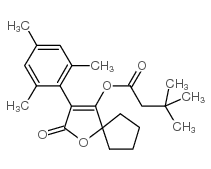| Structure | Name/CAS No. | Articles |
|---|---|---|
 |
Spiromesifen
CAS:283594-90-1 |
| Structure | Name/CAS No. | Articles |
|---|---|---|
 |
Spiromesifen
CAS:283594-90-1 |